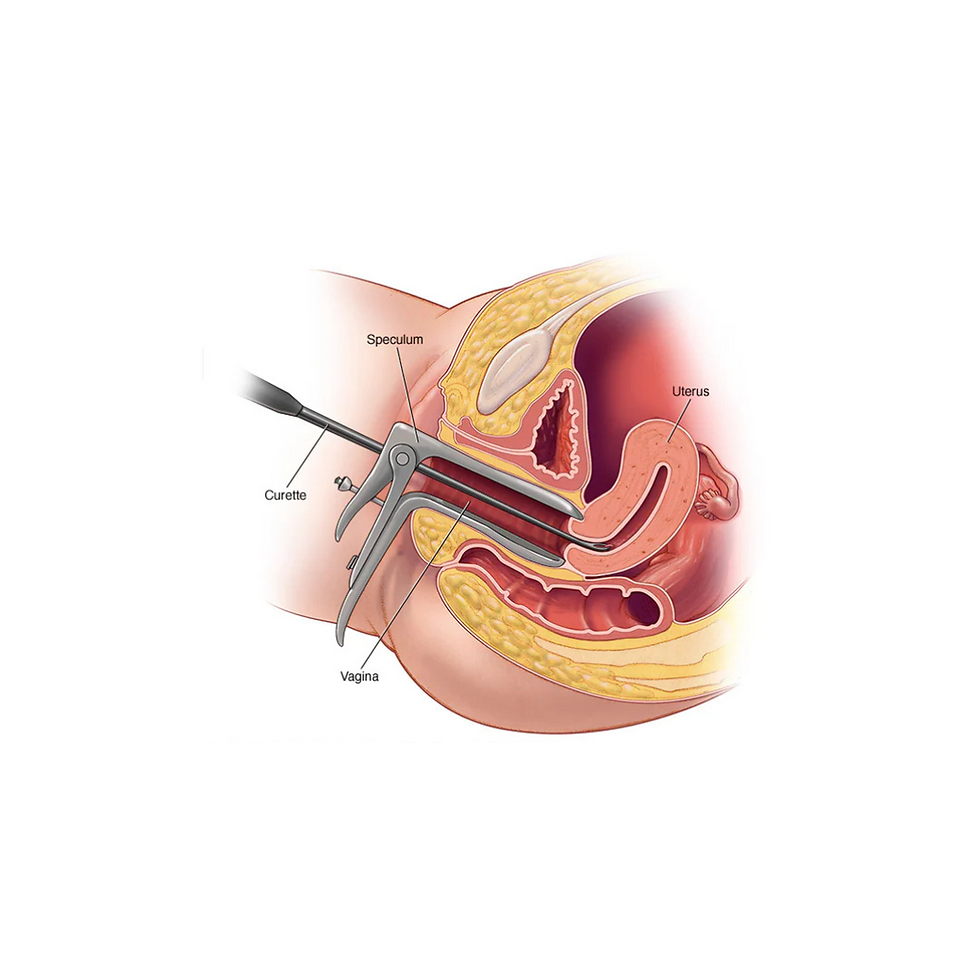Gynaecology Department
Our hospital specializes in comprehensive gynaecological care, providing advanced treatments and solutions for a wide range of women’s health conditions. Our expert team offers personalized care for concerns such as menstrual disorders, polycystic ovary syndrome (PCOS), endometriosis, uterine fibroids, ovarian cysts, pelvic inflammatory disease (PID), and menopausal health. With state-of-the-art facilities and a patient-centered approach, we ensure high-quality care to support women's reproductive and overall well-being.
Gynecological surgeries
Hysterectomy:
Hysterectomy is a surgical procedure to remove the uterus, often performed to treat uterine fibroids, endometriosis, cancer, or heavy bleeding. It can be total (removing the uterus and cervix) or partial (leaving the cervix intact). The surgery may be done abdominally, vaginally, or laparoscopically. Hysterectomy eliminates menstrual cycles and the ability to conceive, offering relief from symptoms and improving quality of life.

Endometrial ablation:
Endometrial ablation is a minimally invasive procedure that destroys the uterine lining (endometrium) to reduce or stop heavy menstrual bleeding. It’s recommended for women who haven’t responded to medication and do not plan to conceive. Techniques include radiofrequency, laser, freezing, or heated fluids. Recovery is quick, with most patients resuming normal activities within a few days, experiencing lighter periods or no periods afterward.

Hysteroscopic polypectomy:
Hysteroscopic polypectomy is a minimally invasive procedure to remove polyps from the uterine lining using a hysteroscope—a thin, lighted tube inserted through the vagina and cervix. It’s performed to treat abnormal bleeding, prevent potential cancerous growths, and improve fertility. The procedure is typically quick, with minimal discomfort and a short recovery time, allowing most patients to resume normal activities within a day or two.

Hysteroscopic sterilization:
Hysteroscopic sterilization is a minimally invasive procedure for permanent birth control. It involves inserting small implants into the fallopian tubes via a hysteroscope passed through the vagina and cervix. Over a few months, scar tissue forms around the implants, blocking the tubes and preventing pregnancy. The procedure requires no incisions, has a short recovery time, and allows most patients to resume normal activities quickly.

Dilation and curettage (D&C):
Dilation and curettage (D&C) is a surgical procedure to remove tissue from the uterine lining. It involves dilating the cervix and using a curette to scrape or suction out abnormal tissue, often to diagnose or treat heavy bleeding, miscarriages, or uterine polyps. D&C is usually performed on an outpatient basis with a short recovery time, helping relieve symptoms and prevent complications effectively.
.png)
Other OBG Procedures
Biopsies
Biopsies involve extracting tissue samples to diagnose diseases like cancer or infections.
Colposcopies
Colposcopies examine the cervix with a scope to detect abnormal cells after abnormal Pap results.
Hysteroscopies
Hysteroscopies examine the uterus using a scope to diagnose or treat abnormal bleeding or polyps.
Laparoscopic surgeries
Laparoscopic surgeries use small incisions and a camera to diagnose or treat abdominal conditions.
Pelvic floor reconstructions
Pelvic floor reconstructions repair muscles and tissues for prolapse or incontinence treatment.
Vaginal reconstructive surgeries
Vaginal reconstructive surgeries restore function and appearance after prolapse or trauma.

